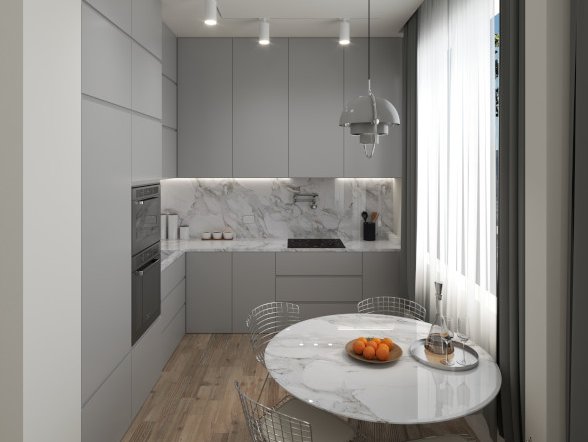
Before Installation
You want a problem-free installation and, to help ensure it, here’s a checklist of things to do before the installer arrives.
Make sure you know who’s removing your existing flooring. If you wish, the installer will do it. If not, you should make arrangements to have it removed.
Who’s moving the furniture? Decide in advance if you want to take on the responsibility or if you want the installer to handle it. Either way, be sure to remove all fragile items from the room.
In general, your hardwood should run parallel to windows or, in narrow rooms, to the longest wall. Added stability is achieved by installing hardwood perpendicular to floor joists.
Measure door clearances before you have your hardwood installed. If the new floor is thicker than your existing floor, door bottoms may rub. Plan in advance to have someone shave or saw the correct amount off the bottom of each door so it does not drag.
Paint first. If you’re planning to paint, wallpaper, or do any other remodeling in the room, it’s best to do it before your hardwood is installed. Keep extra paint to touch up any post-installation nicks.

During Installation
To make your hardwood flooring look good now and for a long time to come, proper installation is critical. Here’s the procedure an experienced installation professional will follow:
- Current flooring: A professional installer will evaluate your floor and subfloor construction and will know whether to remove the existing flooring or install on top of it. If it’s removed, the installer knows how much preparation is needed for the subfloor—like use of a leveling compound—or if a new subfloor should be placed over the old one.
- Moisture testing: Proper acclimation and moisture testing of the wood flooring and subfloor are required so floors won’t cup, buckle, or develop gaps later. Your installer will follow this critical step for either solid or engineered hardwood.
- Installation: Using the proper equipment, your installer will nail or glue boards in place, working from multiple cartons to create consistency in the look of the floor. When encountering unforeseen problems, experienced installers know how to solve them.
- Overall quality: Professional installation ensures that your floor will look beautiful and perform well over time.
It’s a good idea to check with us directly to find out if there are other actions we recommend before installation. And we can also help you choose a highly skilled professional installer. Just call a member of our friendly sales staff.

